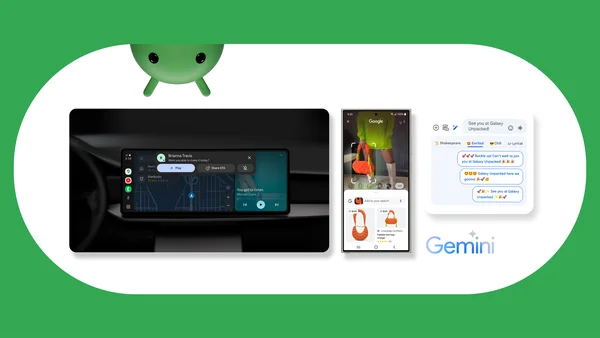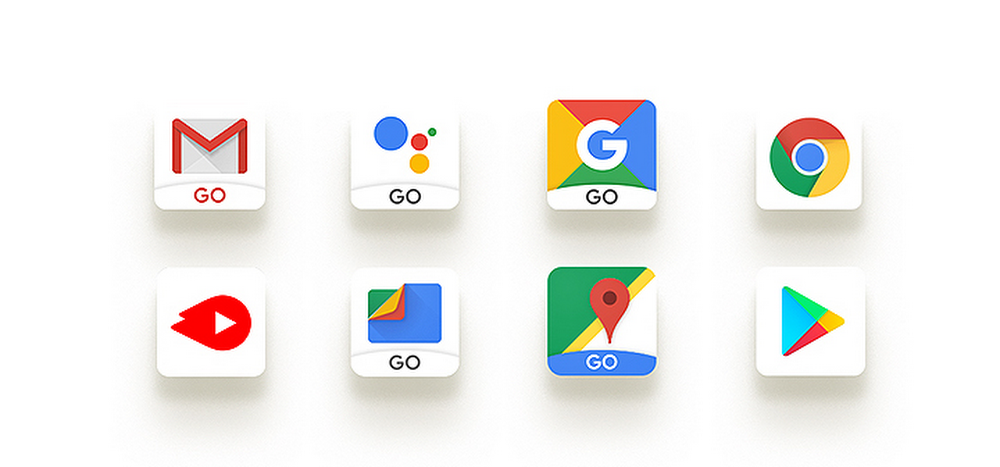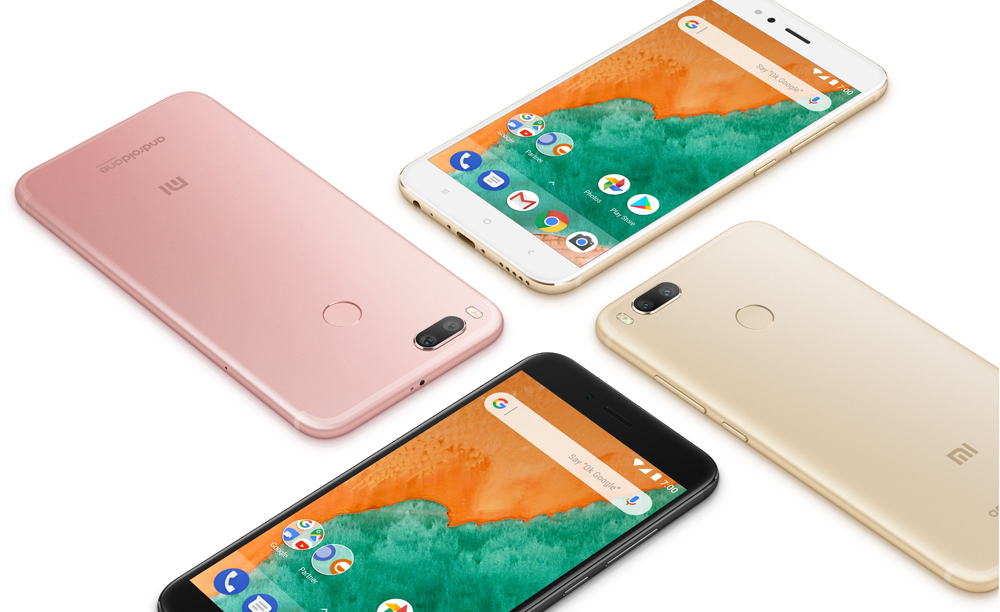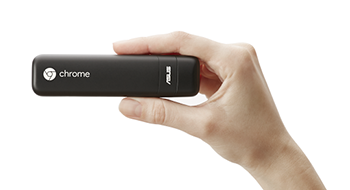Monday kicks off Mobile World Congress in Barcelona—the mobile industry’s largest trade show. Our partners will be announcing amazing new Android devices, you'll be able to see the growing industry momentum around RCS, and we'll be showcasing the latest from Google including Google Assistant and Lens. Before the show gets underway, I want to take a moment to reflect on where Android is today and where it’s going.
Android
This fall marks 10 years since the release of the first Android device. Back in 2008, building software for mobile devices was pretty hard. Development was highly fragmented and resource intensive, and there was very limited compatibility across phones. Android began with a bold idea: to solve this problem with a new, open platform that would give mobile developers access to uniform tools and give customers a customized experience with the best mobile technology available.
Today, Android powers more than 2 billion active devices from 1,300 brands across 24,000 unique products. The platform has thrived because of our commitment to openness and the vibrant ecosystem of manufacturers, developers, mobile operators and component suppliers. And together with our partners, many of which you’ll see next week at MWC, we want to continue to push the boundaries of hardware and software to bring you new amazing experiences and capabilities.
Android has achieved unprecedented scale in just 10 years, but there are new markets emerging where consistency in experience is becoming even more important. With that in mind, we want to share an update on Android Oreo (Go edition) and Android One, two programs that help people know exactly what they can expect when they pick up an Android device.
Android Oreo (Go edition): Delivering on our core values of access and experience
We're inspired by the success of Android across a wide range of devices, including entry-level phones which in many cases are the first and only way people get access to the internet. These devices need to be affordable, and the experience needs to be great. We don’t just want to provide people with access—we also want to provide a useful, high-quality experience.
Last year we introduced Android Oreo (Go edition), an optimized version of Android Oreo tailored for smartphones with 1GB of RAM or less. With a smaller amount of storage and processing power, these phones are less expensive for manufacturers to produce and can be sold at affordable prices, in some cases less than $50. With Android Oreo (Go edition), these phones are able to provide a high-quality experience, with the latest version of Android, Google Play Protect, and dedicated areas in Google Play highlighting apps optimized for Go edition. Android Oreo (Go edition) phones also include a set of apps from Google that are designed to use less memory and storage space, but still offer excellent experiences. For example, Google Go is built specifically to help new smartphone users find the information they want, YouTube Go is optimized for limited connectivity, and the Google Assistant for Android (Go edition) lets people quickly send messages, make calls, set alarms, and more with their voice and a single touch of the screen.
Starting next week, you’ll see the first set of Android Oreo (Go edition) phones, and soon after they’ll be available for you to purchase.
 Check out the ways Google and Samsung are collaborating to bring the latest Google AI innovations to Samsung’s flagship smartphones.
Check out the ways Google and Samsung are collaborating to bring the latest Google AI innovations to Samsung’s flagship smartphones.
 Check out the ways Google and Samsung are collaborating to bring the latest Google AI innovations to Samsung’s flagship smartphones.
Check out the ways Google and Samsung are collaborating to bring the latest Google AI innovations to Samsung’s flagship smartphones.


